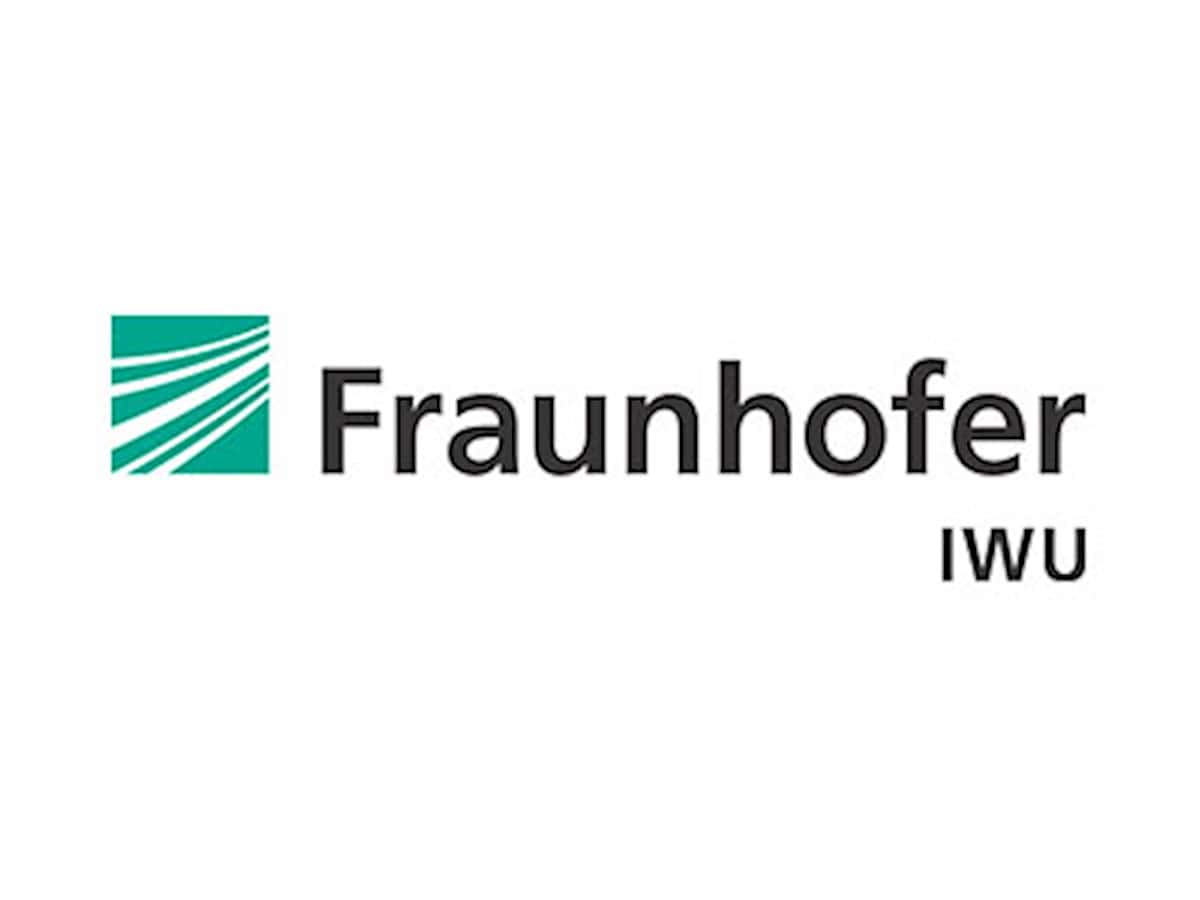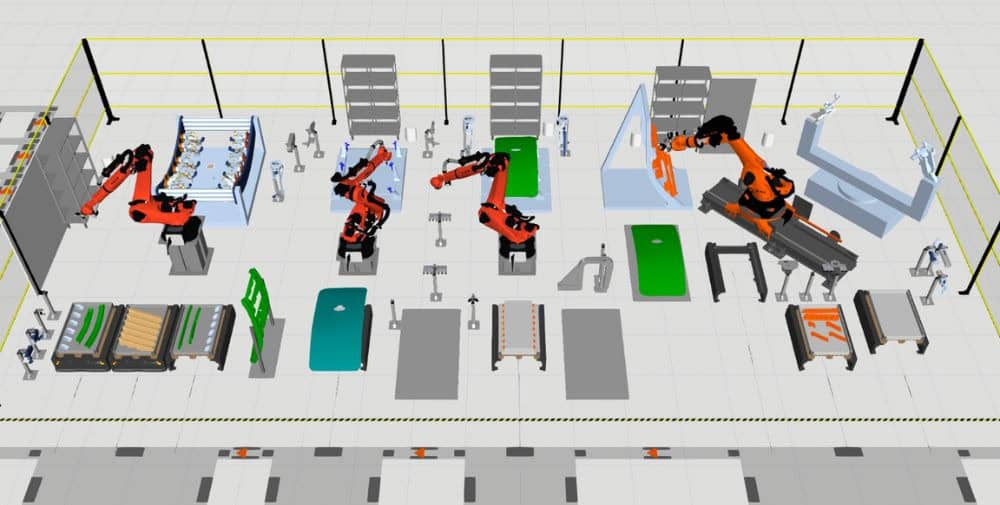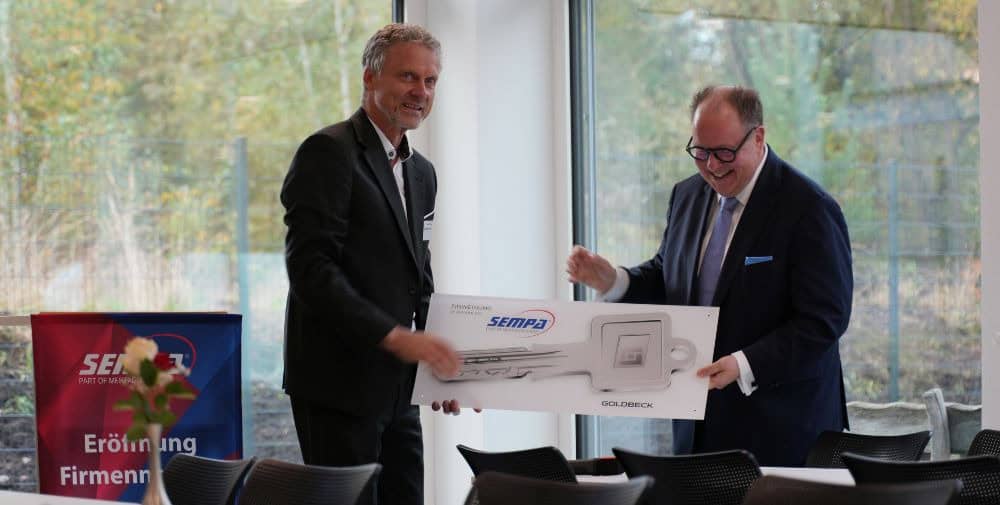
The Fraunhofer IWU and IPA institutes have developed a methodology that uses a structured process to help companies evaluate the potential of flexible production and implement it step by step – even without major investments. In many cases, existing resources (machines, systems, processes, employee qualifications) can continue to be used. Modular and mobile components help to use the machinery for different products and to expand or reduce it cost-effectively if necessary (scalability). In many industries, solutions that can be implemented quickly have already been developed for typical initial situations. Solutions that can be scaled to meet the needs of different company sizes and industries
Example repair plant: replacing a line concept with a scalable production system, with supply via a high-bay warehouse
Classical production lines with near-belt supply and fixed and short cycle times quickly reach their limits – when it comes to a production program that would not only “squeeze” many variants (different components) into one cycle, but also forces different production sequences. If particularly large components also have to be accommodated, the advantages of a line concept, such as a high output of (largely) identical products in a short production time, are reversed: it is too rigid to allow greater variance and takes up a lot of space for supply logistics – each required part must be brought from a more or less fixed intermediate storage location to a fixed point in the line.
This finding applies in particular to repair plants that handle component sizes in the range of up to two meters in length and width. If the repair portfolio includes products that have been manufactured over several model generations, the need for storage capacity for parts to be refurbished or replaced is particularly high. If only outdated conveyor technology is available, it is time to think about sensible automation solutions.
The main starting point for the project team at Fraunhofer IWU was therefore logistics with an automated, multi-storey high-bay warehouse. The aim was to make the material flow more flexible, to connect the production stations directly via the warehouse and to handle different component types and quantities efficiently. Using a material flow simulation in Siemens Plant Simulation, various scenarios were modeled and key performance indicators such as throughput, throughput time and utilization of the storage and retrieval machines (automated transport systems for storage/retrieval) were evaluated. The simulation showed that a logistics concept with an automated, multi-level high-bay warehouse both meets the required key performance indicators and can react flexibly and scalably to changing production requirements. Challenges such as variant-related, individual process sequences were taken into account in the model and performance parameters of the high-bay warehouse such as throughput rate, throughput times, capacity utilization and buffer stocks were optimized
Example aircraft doors: reducing production times by more than twenty times with a new material and production concept
The production of doors for passenger aircraft is predominantly manual work. Many intermediate steps are required to avoid direct contact between different materials, which leads to corrosion. If thermoplastic carbon fiber composite materials (CFRP), which can be automatically welded together without separating layers, are used instead of aluminum, titanium and thermosets, the production time for the door structure is reduced from 110 to just 4 hours. This was demonstrated in a research project by Fraunhofer IWU, Fraunhofer LBF, Trelleborg and Airbus Helicopters.
A key to shorter assembly times also lies in the modular design for different aircraft door variants. The project team focused on components in different door models that can be standardized. This includes the cross member, for example. The researchers designed a fully automated assembly line for the most common models and developed fixtures and clamping elements that are suitable for resistance welding and ultrasonic welding joining technologies.
The IWU team simulated all technical and economic aspects of the new assembly line – most of which are mutually dependent. The most important technical evaluation criteria include the complexity of the product and production process, automation opportunities and risks, also from the perspective of flexibility and adaptability, or the overall system availability in a chain of different individual automations. Result: The newly developed automation solution should be implemented taking into account all technical, logistical and economic criteria.
Example AutoLog: efficient order picking for high quantities thanks to driverless transport systems that supply robots with add-on parts
Efficient order picking processes are essential for just-in-time production, especially with a high number of variants and large, heavy components. Traditional automation in this area is often inflexible, expensive and difficult to scale.
Dynamic picking, on the other hand, follows a “goods-to-robot” principle and uses automated guided vehicles (AGVs) and a warehouse close to the system for high flexibility and variant diversity. Scaling is achieved by simply expanding the robot cells and AGV fleet, whereby forklift traffic is completely decoupled. The AutoLog software solution, a joint development of Fraunhofer IWU and Volkswagen AG, enables the configuration and control of such cells at Volkswagen Slovakia in self-service and optimizes the processes with intelligent algorithms. AutoLog enables the initial design of robot cells, controls robots, safety technology and AGVs, minimizes waiting times and integrates tools for error analysis. Virtual commissioning takes place via a software-in-the-loop simulation between AutoLog and a simulation model in Siemens Plant Simulation. This enables the early evaluation of new plant configurations even before they are put into operation.
– – – – – –
Further links
👉 www.iwu.fraunhofer.de
Photo: Fraunhofer IWU




